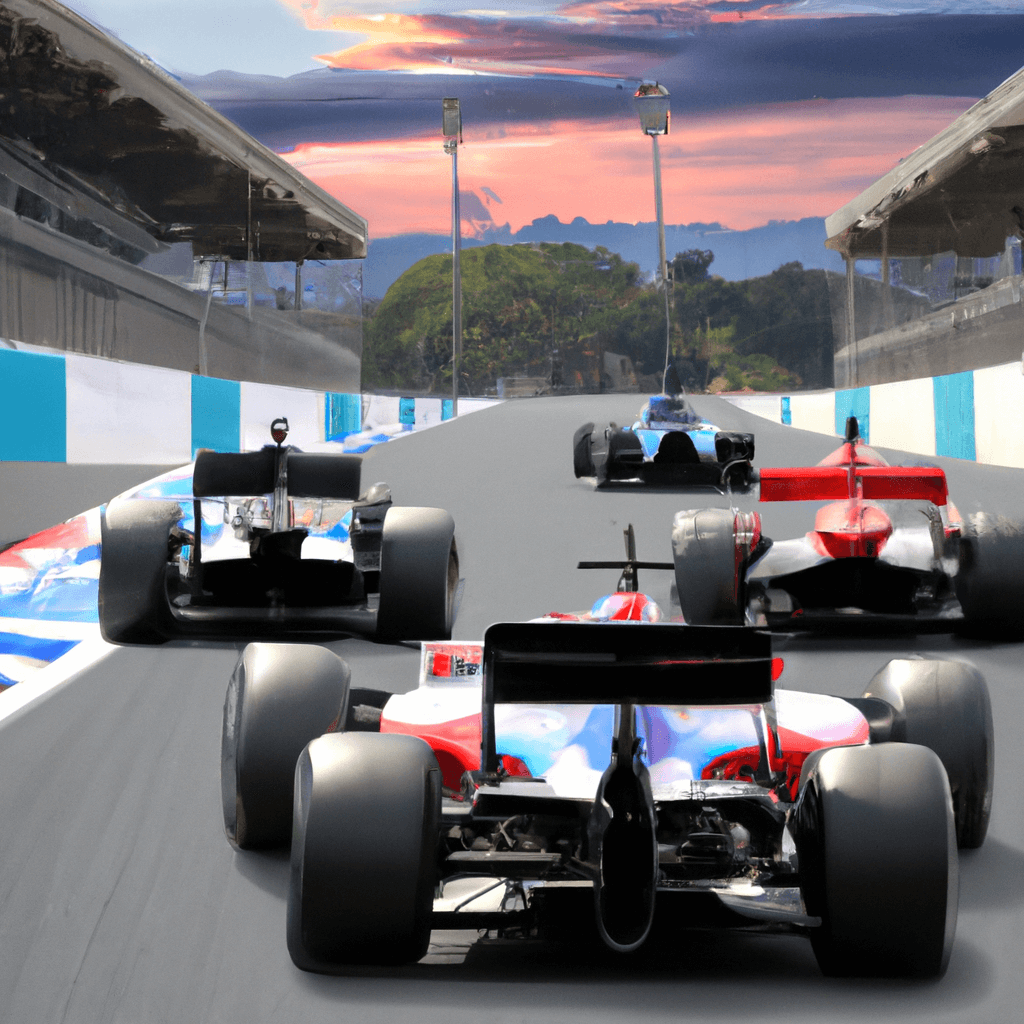Formula 1 (F1) racing is synonymous with cutting-edge technology, pushing the boundaries of automotive engineering to their limits. Over the years, several innovative advancements have been introduced to enhance the speed, aerodynamics, and overall performance of these incredible machines. Among these game-changing features lies the DRS (Drag Reduction System), a revolutionary addition that has transformed the dynamics of F1 races. In this blog, we will dive deep into the fascinating world of the DRS feature and how it has revolutionized Formula 1 racing.
- Understanding the Origins of DRS:
The DRS was introduced in 2011 as an attempt to enhance overtaking maneuvers during races. Formula 1 had experienced a decline in overtaking opportunities due to increased aerodynamic downforce and turbulent wakes from the preceding cars. Hence, FIA (Federation Internationale de l’Automobile) devised the DRS as a solution to make racing more exciting and competitive. - What is DRS and How Does it Work?
The Drag Reduction System is a movable rear wing system that enables the following car to reduce drag and achieve higher speeds during overtaking opportunities. Drivers can activate the DRS at specific zones on the track, depending on the proximity to their competitor. Once engaged, the flap of the rear wing adjusts to decrease the drag, thus enabling the following car to gain an extra burst of speed and close the gap on their rival. - Activation Zones and the Use of DRS:
DRS activation zones are carefully selected on each circuit, typically on long straights leading into heavy braking zones. The system is enabled when a trailing car is within one second of the car ahead at a predetermined point. By giving a trailing car an aerodynamic advantage, DRS incites thrilling battles for positions, boosting overtaking opportunities on the track. - The Impact of DRS on Overtaking:
DRS has undeniably revolutionized the art of overtaking in Formula 1. Before its introduction, drivers heavily relied on their on-track skillset and were sometimes limited by aerodynamics when trying to outmaneuver an opponent. However, DRS, with its ability to shave off a substantial amount of drag, has allowed drivers to gain a significant speed advantage, facilitating overtaking moves that were previously impossible. - The Significance of Aerodynamics and Limitations:
The DRS relies heavily on aerodynamics, which plays a crucial role in providing the desired speed boost. However, the effectiveness of DRS is contingent upon the relative aerodynamic performance of the cars involved. For example, when two cars are closely matched aerodynamically, the trailing car may not gain a proportional advantage, diminishing the impact of DRS and maintaining a more competitive race. - DRS Assistance and Strategic Maneuvers:
In addition to enhancing overtaking opportunities, the DRS system has also influenced strategic maneuvering during races. Drivers can strategically deploy the DRS not only for overtaking but also for defensive maneuvers, enabling them to maintain their position or thwart attacks from their competitors. This has added yet another layer of tactical complexity to Formula 1 racing. - Controversies and Evolving Regulations:
As with any significant change in a sport, DRS has not been exempt from controversies. Some purists argue that DRS provides an artificial boost and detracts from true driver skill. In response to such concerns, FIA has fine-tuned the regulations, limiting the activation zones and tweaking the operating parameters to ensure a balance between assisting overtaking and maintaining the integrity of the sport. - Assessing the Success of DRS:
Since its introduction, DRS has received mixed reviews from fans, drivers, and experts. While some purists remain skeptical about its artificiality, there is a general consensus that DRS has undoubtedly increased the excitement of Formula 1 races. Spectators now witness more wheel-to-wheel battles instead of processional follow-the-leader races, and the number of overtaking moves has significantly increased, all thanks to the DRS feature.
The DRS feature has been instrumental in transforming the art of overtaking and enhancing the competitive spirit of Formula 1 racing. By enabling trailing cars to momentarily reduce drag and gain a speed advantage, DRS has brought excitement and unpredictability back to the sport. As Formula 1 continues to evolve, it will be intriguing to see how the DRS feature’s regulations and effectiveness will be fine-tuned to strike a harmonious balance between driver skill, aerodynamics, and thrilling racing action.

